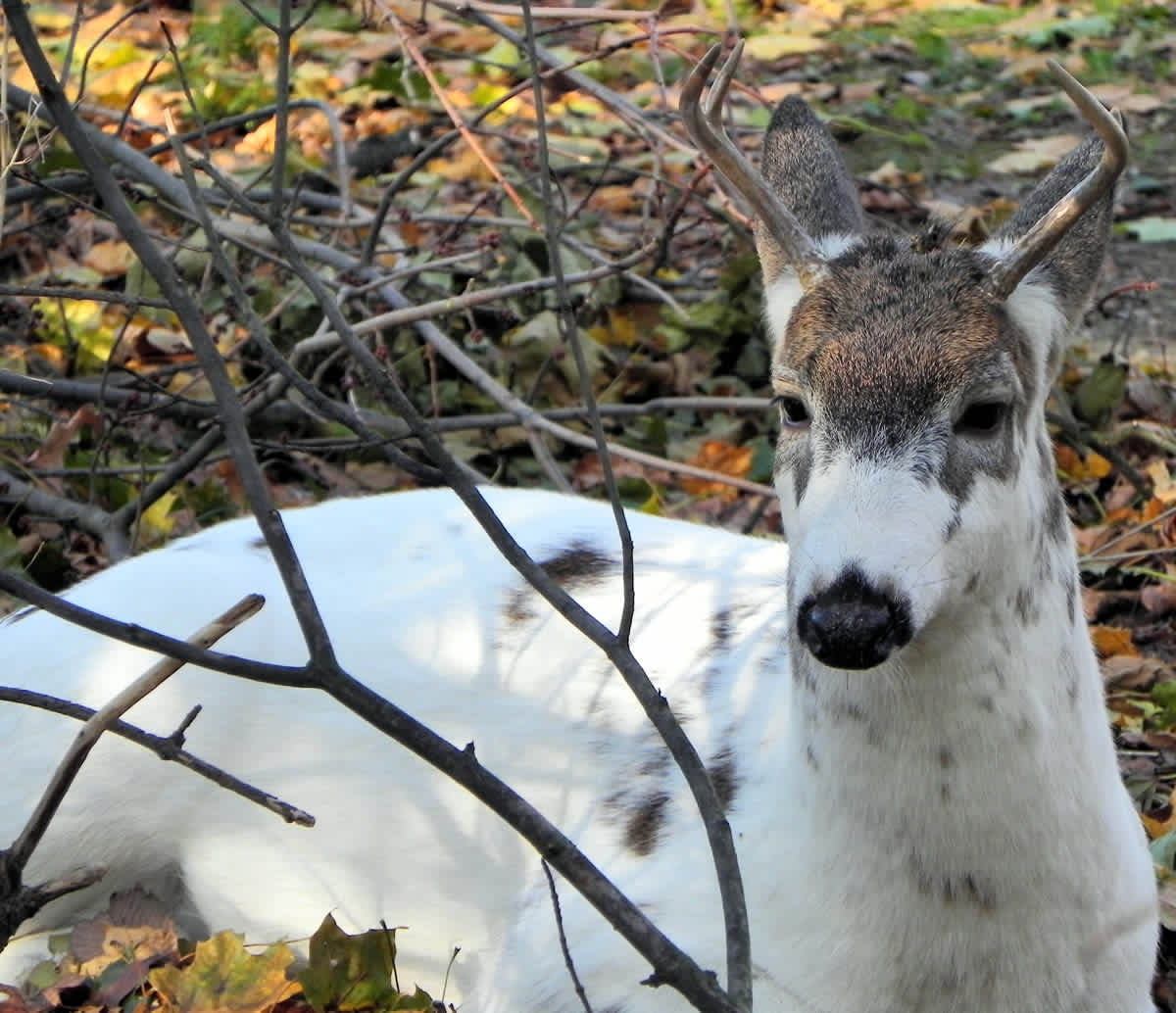Rare Piebald Deer Group Spotted in New Jersey
OutdoorHub Reporters 10.07.13

A morning commuter in Ocean County, New Jersey knew she had to stop and observe when she spotted not one, but three white deer cavorting by the side of the road. Piebald deer may not be as rare as albino deer, but biologists estimate they make up less than one percent of New Jersey’s total deer population. For Sue Meyer, who saw the trio last Wednesday, it was an once-in-a-lifetime experience.
“What is the odds, to see three at one time,” Meyer told NBC10. “I saw one a week ago.”
Unlike albino deer, piebalds are rarely completely white and often show splotches of color. Because their condition is derived from an inherited genetic trait, they also lack pink eyes and white hooves. This distinction matters little to predators, who find that piebalds are almost as easy to spot as their albino cousins. Piebalds are also more susceptible to various skeletal and organ deformities such as unusually shaped snouts and jaws. Few piebalds survive into adulthood due to the combination of skin color and physical aberrations, but the ones that do generally band together, much to the surprise of biologists.
Hunting piebald and albino deer is legal in New Jersey and some other states, although opinion is generally split on whether their rarity should afford them a protected status.
According to Baraboo News Republic, Wisconsin lawmakers are considering putting the odd-colored deer back on protected status after controversial hunts in Sauk County, which hosts a small herd of piebald deer. Piebald and albino deer were allowed to be hunted recently due to the spread of chronic wasting disease (CWD). Some are calling on lawmakers to protect the animals once more.
“Many Sauk County residents let me know how vehemently opposed they were to the harvesting of white and albino deer,” said State Representative Fred Clark (D-Baraboo). “As an avid hunter, I share their concerns. Within Sauk County, residents and responsible hunters understand that white and albino deer are unique and should be protected.”
Some conservationists, however, say there is no biological reason to preserving white deer. While piebald deer may be an oddity and joy to find in the wild, the recessive gene that causes their condition often results in staggering physical deformities that make it hard for the animals to survive. Some say that offering them protected status could lead to physically inferior deer.
Wisconsin’s Department of Natural Resources will be holding public hearings over the fate of the white deer throughout October.

